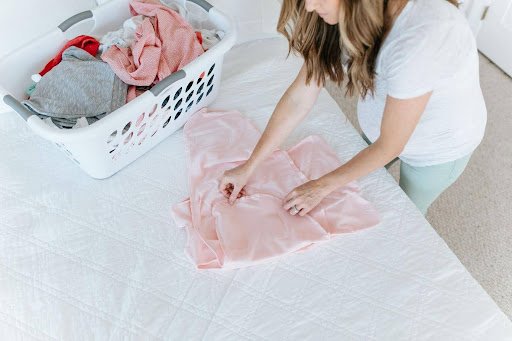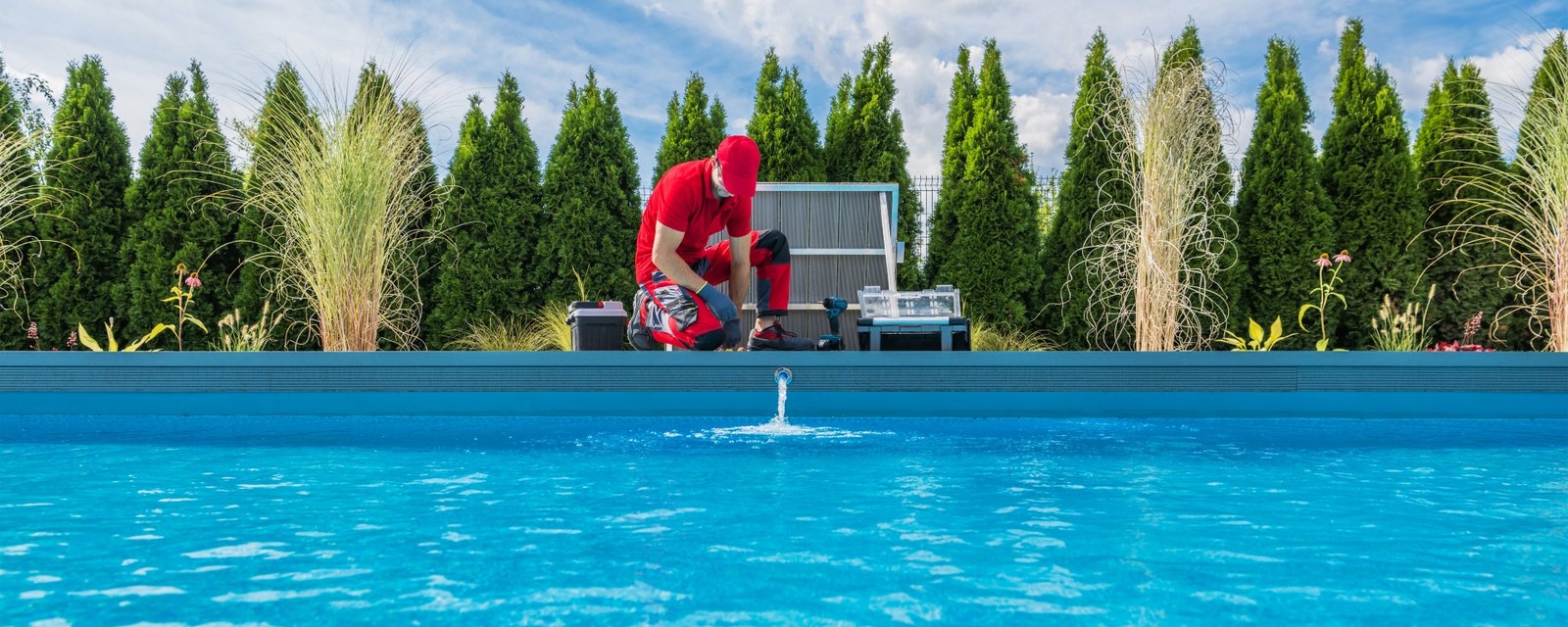Choosing the right laundry detergent eco sheets can make a significant difference for your
family, especially when it comes to clothing and the environment. Here are some key factors to
consider:
- Ingredients Are Important
Opt for detergent sheets made from pure, plant-based ingredients. Avoid chemicals such as
phosphates, parabens, and artificial fragrances, as these can cling to the skin, causing irritation
or rashes, and pose a threat to both the natural ecosystem and human health.
- Verify Eco-Friendly Certifications
Look for eco-certifications when selecting detergent sheets. Labels such as Eco-Friendly,
Cruelty-Free, or Certified Organic ensure the product is safe for the environment and has not
been tested on animals.
- Hypoallergenic Detergent Choices
For families with sensitive skin, choose hypoallergenic detergent sheets. These sheets typically
contain no dyes or perfumes and are formulated to be gentle on skin while still tough on dirt and
stains.
- Consider Water Solubility
Ensure the eco laundry sheets dissolve well in both hot and cold water. If they leave residue
behind, it can cause skin irritation or bleach clothes. Be sure to read customer reviews to check
their performance in various water temperatures.
- Packaging and Waste
Select detergent sheets with minimal or recyclable packaging. Products that avoid plastic are
better for the environment. Most eco sheets come in compostable or paper-based packaging,
reducing plastic waste.
Eco sheets, also known as sustainable or green sheets, are bedding products created with a focus on environmental responsibility. This can mean the use of natural, organic, or recycled materials, as well as sustainable production practices that minimize harm to the planet. Eco sheets aim to reduce waste, lower greenhouse gas emissions, and avoid chemicals that could harm the environment or your health.
Key Features of Eco Sheets
1. Sustainable Materials
- Organic Cotton: Organic cotton is grown without synthetic pesticides, herbicides, or genetically modified seeds. This reduces pollution and fosters biodiversity, making it a staple material for eco sheets.
- Bamboo: Bamboo is highly sustainable due to its rapid growth rate and minimal water and pesticide requirements. Bamboo sheets are also known for their softness and durability.
- Tencel (Lyocell): Tencel is made from wood pulp (usually eucalyptus, beech, or spruce) and is produced through a closed-loop process, meaning 99% of the water and chemicals used are recycled. It’s soft, breathable, and hypoallergenic.
Recycled Polyester: Sheets made from recycled polyester divert plastic waste from landfills and oceans, providing a second life to materials that might otherwise pollute the environment.Hemp: Another eco-friendly option, hemp requires very little water and no pesticides to grow. Hemp sheets are highly durable and have a naturally breathable and anti-bacterial quality.
2. Eco-Friendly Production Processes
Outdent list item
- Low-Water Dyeing: Many eco sheets are dyed using techniques that minimize water use, preserving this resource and reducing wastewater.
- Closed-Loop Processes: Tencel and other materials are produced through closed-loop processes that recycle chemicals and water, minimizing waste and emissions.
- Minimal Packaging: Eco-conscious brands often use recyclable, biodegradable, or even reusable packaging to reduce waste.
3. Certification and Standards
- GOTS (Global Organic Textile Standard): A certification that indicates organic fiber content and environmentally friendly manufacturing.
- OEKO-TEX Standard 100: This ensures textiles are tested for harmful substances and safe for human use.
- Fair Trade Certified: This certifies that workers receive fair wages and work in safe conditions.
- FSC (Forest Stewardship Council): A certification for wood-based materials, ensuring the wood is sustainably sourced.
Benefits of Eco Sheets
1. Environmentally Friendly
- Eco sheets often use less water, fewer chemicals, and renewable resources, resulting in a reduced environmental impact. Materials like organic cotton and bamboo use fewer pesticides and can promote soil health, while recycled polyester helps minimize plastic pollution.
2. Health Benefits
- Eco sheets made from organic and natural materials are typically free from harmful chemicals, making them hypoallergenic and safer for sensitive skin. Certifications like OEKO-TEX ensure they are free of harmful substances, which can be especially beneficial for individuals with allergies or chemical sensitivities.
3. Longevity and Quality
- High-quality eco sheets are often more durable and retain their softness over time. Hemp, bamboo, and Tencel fibers are particularly resilient, ensuring your sheets stay in good condition longer, reducing the need for frequent replacements.
4. Better Temperature Regulation
- Natural materials like bamboo, Tencel, and hemp are naturally breathable and moisture-wicking, providing excellent temperature regulation for a more comfortable sleep.
5. Ethical Labor Practices
- Many eco-friendly brands ensure fair wages, safe working conditions, and fair trade practices in their production processes, which support social sustainability.
Key Considerations When Choosing Eco Sheets
1. Material Suitability
- Different eco materials have unique qualities. For example, bamboo is known for its silky feel and breathability, making it ideal for hot sleepers, while hemp is highly durable and naturally antibacterial. Organic cotton has a soft, classic feel and is highly breathable.
2. Certifications
- Look for certifications like GOTS, OEKO-TEX, and Fair Trade to ensure that the sheets meet environmental, health, and ethical standards. Certifications provide transparency and a level of assurance about the eco-friendliness and safety of the sheets.
3. Production Process Transparency
- A reputable brand will often provide information about their sourcing, manufacturing, and environmental practices. Look for brands that outline how they reduce water use, minimize chemicals, and support ethical labor.
4. Price and Durability
- While eco sheets may have a higher upfront cost, they often pay off in terms of quality and longevity. For instance, durable materials like Tencel and hemp can last longer than conventional options, reducing the need for replacement.
5. Care Instructions
- Eco sheets, particularly those made from organic cotton or bamboo, may require special care to maintain their integrity. Washing in cold water and air drying, if possible, will help extend their life and keep them in peak condition.
Popular Types of Eco Sheets
1. Organic Cotton Sheets
- Ideal for those who prefer the feel of classic cotton but want a more eco-conscious option. Organic cotton sheets are soft, breathable, and easy to care for.
2. Bamboo Sheets
- Known for their smooth, silky feel and breathability, bamboo sheets are hypoallergenic, moisture-wicking, and ideal for warm climates or hot sleepers.
3. Tencel Sheets
- Tencel sheets have a smooth texture and are highly breathable, making them a great choice for those with sensitive skin. They are sustainable and produced in an environmentally friendly, closed-loop process.
4. Hemp Sheets
- Hemp sheets are durable and naturally antimicrobial, providing a sturdy, breathable, and long-lasting option. They have a unique texture that softens with each wash.











Leave a Reply